|
" The forests show richer and more varied foliage than we are accustomed to in the High Alps. Pines present themselves as dark shadowy cones amidst the fresh green of the desiduous forest, of beeches and alders, of ash and walnut, of copses that in June are bright and fragrant with golden azalea blossom. From the beauty of flowers and forests close at hand, the eye is carried through soft gradations of distance to the pure glaciers which hang down like silver stairs from the snowy chain. In October, golden against fresh autumn snows, the brilliancy of landscape must be marvelous. Space, variety, sunniness - those are the constant and characteristic qualities of Svanetian scenery. " ("The Exlploration of the Caucasus", Douglas W. Freshfield) photo: lush and shady woodlands above Lagami (Mestia) Most of following photos were taken around Mestia. You may even recognize some of these trees! Crataegus ambigua, hawthorn, thorn apple (E) Боярышник (R) კუნელი (G) Flowering in April - May. The fruits ripen in September-October. Crataegus, is derived from the Greek kratos "strength" because of the great strength of the wood and akis "sharp", referring to its thorns. Fagus orientalis, Oriental beech (E) წიფელი(G) Бук восточный (R) 25% of all forests in the Caucasus, humid areas without undergrows, up to 45 meters high Pýrus commúnis, Pear (E) მსხალი (G) Груша (R) Corylus avellana, common hazel (E) თხილი (G) Лесной орех (R) Hazelnuts are rich in protein and unsaturated fat. They also contain significant amounts of manganese, copper, vitamin E, thiamine, and magnesium. Quercus iberica, Georgian oak (E) ქართული მუხა (G) Грузинский дуб (R) Betula litwinowii, Litwinow Birch (E) არყი (G) Берёза Литвинова (R) Carpinus betulus, Hornbeam (E) კავკასიური რცხილა (G) Граб (R) It has a shallow, wide-spreading root system and is marked by the production of stump sprouts when cut back. The common English name hornbeam derives from the hardness of the woods (likened to horn) and the Old English beam "tree" (German, Baum). Pinus kochiana, Koch Pine (E) ფიჭვი (G) Сосна Коха (R) Populus tremula, Aspen (E) ასპენი (G) Осина (R) In North America, it is referred to as Trembling Aspen because the leaves "quake" or tremble in the wind. Berberis, barberry (E) კოწახური (G) Барбарис (R) The berries are common in Persian cuisine such as in rice pilaf and as a flavoring for poultry. Because of their sour flavor, they are sometimes cooked with sugar before being added to Persian rice. Iranian markets sell dried zereshk. In Russia it sometimes used in jams (especially with mixed berries), and extract of barberries is a common flavoring for soft drinks, candies, and sweets. Alnus subcordata, Caucasian alder (E) Ольха сердцелистная (R) Alders are commonly found near streams, rivers, and wetlands. Most of the pilings that form the foundation of Venice were made from alder trees! Ilex colchica, Black Sea holly (E) падуб остролистный (R) During the Cenozoic Era, the Mediterranean and Black Sea regions had a wetter climate and were largely covered by laurel forests. Holly was a typical representative species of this biome. With the drying of the Mediterranean Basin during the Pliocene, the laurel forests gradually retreated, replaced by more drought-tolerant plant communities. Fraxinus, ash (E) ნაცარი (G) Ясень (R) Due to its elasticity, robbust structure and good looks ash is ideal for indoor furniture and stairs. Rowans, Mountain ash (E) როუანი (G) Рябина обыкновенная (R) Red Raspberry (E) ჟოლო (G) Малина (R) Blackberry (E) მაყვლის (G) Ежевика (R) Red Currant (E) Смородина красная (R) წითელი მოცხარი (G) Blueberry (E), მოცვის (G), Черника (R) Prúnus cerasífera, cherry plum (E), ტყემალი (G), Алыча (R) Juglans regia, Walnut (E) орех грецкий (R) ნეძი (G) Prúnus ávium, wild cherry (E) ალუბალი (G) черешня (R) Wild cherries have been an item of human food for several thousands of years. The stones have been found in deposits at Bronze Age settlements. Chestnut (E) ჭუბური (G) Каштан (R) Rhododéndron lúteum, Yellow azalea (E) იელი (G) Рододендрон жёлтый (R) Despite the sweet perfume of the flowers, the nectar is toxic, records of poisoning of people eating the honey date back to the 4th century BC in Classical Greece. Abies nordmanniana, Caucasian fir (E) კავკასიური სოჭი (G) Пихта Нордмана (R) The tallest tree of the continent of Europe (grows up to 85m) Juníperus sabína, Savin juniper (E) Можжевельник казацкий (R) Ácer platanoídes, Norway Maple (E) Клён остролистный (R) ლეკა (G) წყავი (G), cherry laurel (E), Лавровишня лекарственная (R) is an evergreen species of cherry (Prunus), native to regions bordering the Black Sea and southeastern Europe, through Turkey to the Caucasus Mountains and northern Iran. The seed inside the fruit (and the leaves) contain larger concentrations of hydrogen cyanide, and should never be eaten. The toxicity of the seed inside the fruit is similar to the cyanide toxicity of the seeds inside the common fruits apricot and peach Lombardy poplar (E), ოფი (G), Тополь пирамидальный (R) selected in Lombardy, northern Italy, in the 17th century. The growth is fastigiate (having the branches more or less parallel to the main stem), with a very narrow crown. Viburnum opulus, Калина (R), guelder rose (E) The fruit is edible in small quantities, with a very acidic taste; it can be used to make jelly. The name of the Russian song Kalinka is a diminutive of Kalina. Viburnum opulus is also an important symbol of the Russian national ornamental wood painting handicraft style called Khokhloma.
2 Comments
Categories All " The earth laughs in flowers..." Ralph Waldo Emerson Polygonum carneum Aquilegia. Columbine Campanula lactifiora Centaurea czerkessica Erigeron Caucasian geranium Yellow anemone Gentiana verna (spring gentiana) Matricaria chamomilla Elecampane. Horse heal Chamaenerion angustifolium. Fireweed Caucasian lily (Lilium monadelphum) Orange Alpine poppy Burnet Rose Betonica officinalis Saxifraga Myosotis alpestris, Alpine forget-me-not Piretrym Rhododendron caucasicum Veronica minuta Dog Rose Scabiosa caucasica Primula algida Salvia. Sage Primula Ruprecht Sempervivum Campanula Daphne glomerata Aconitum cymbulatum Aconitum orientale Thymus Jacobaea Scopolia caucasica Arnebia pulchra. Prophet Flower Epilobuim Marsh marigold
|
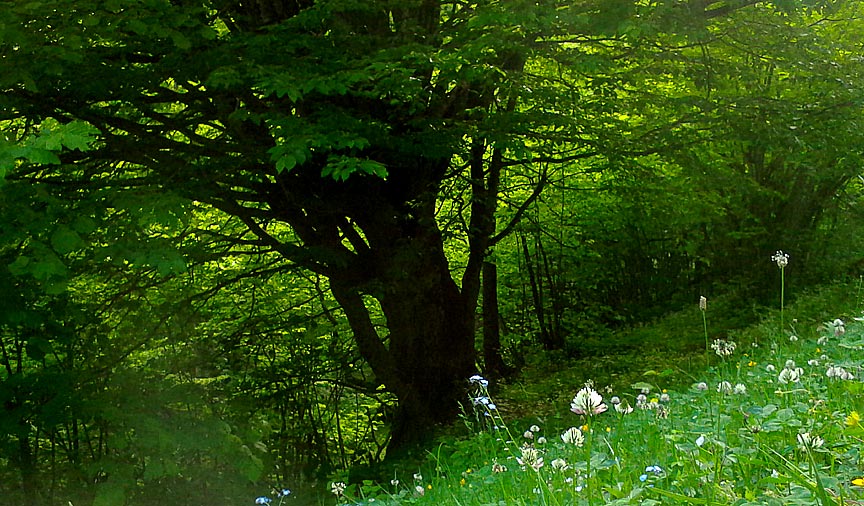

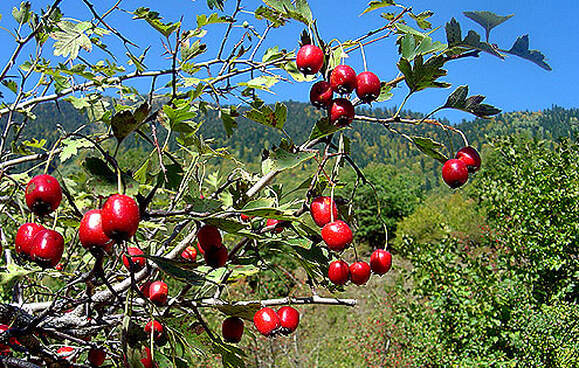



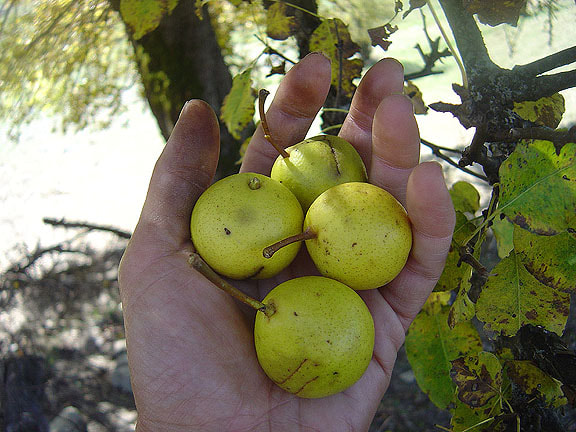

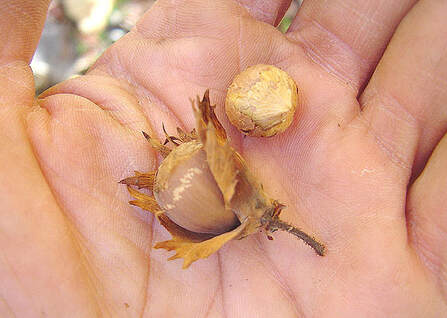




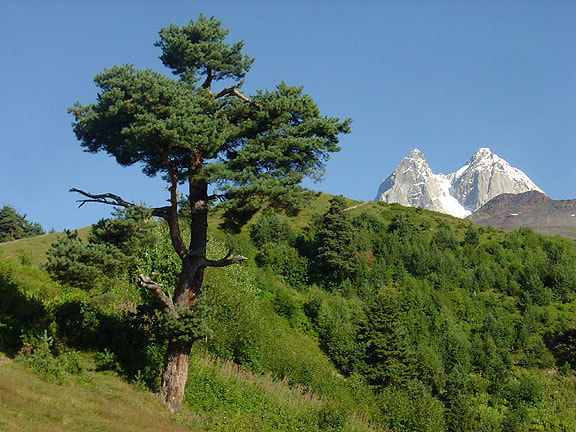
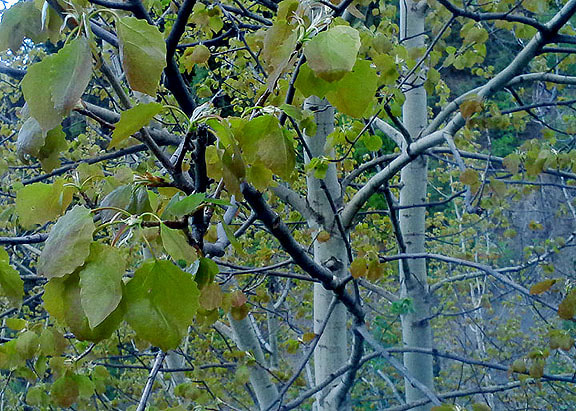


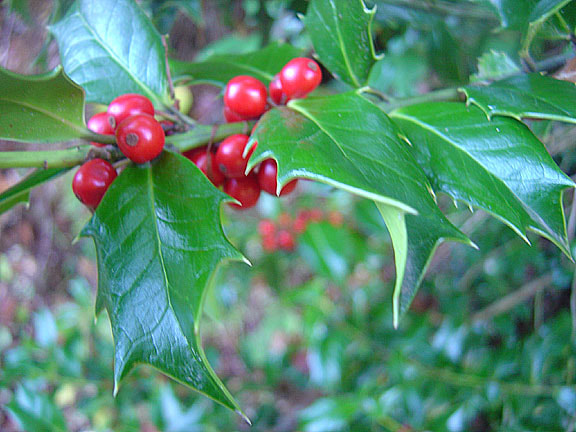

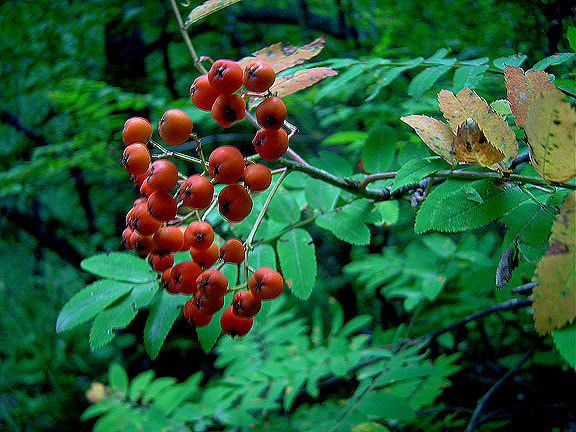


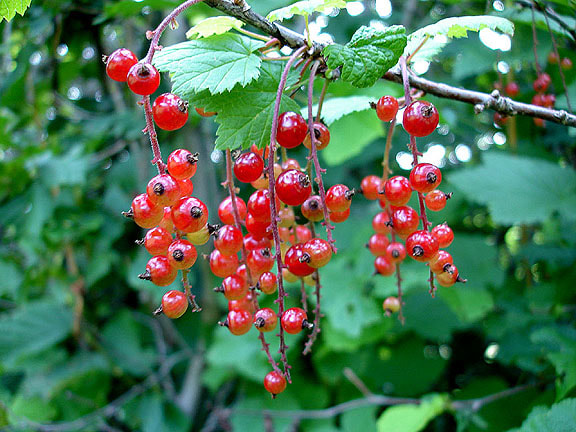




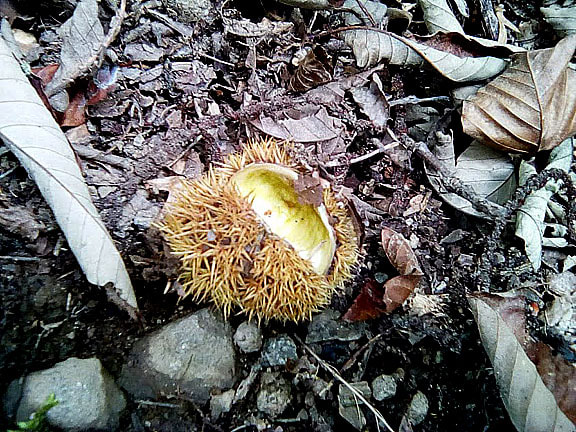



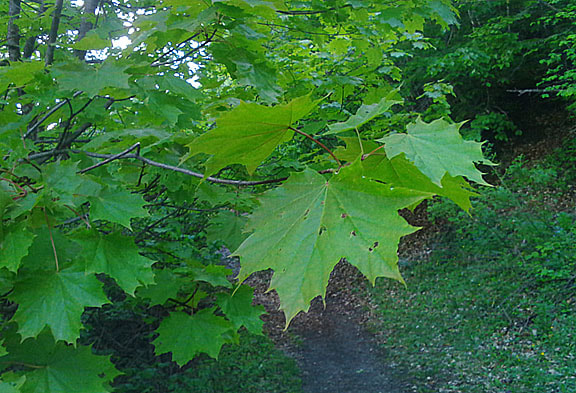

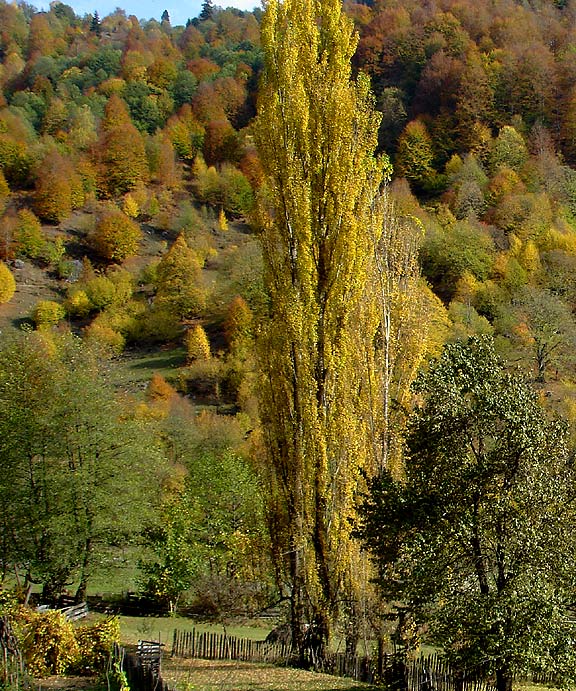


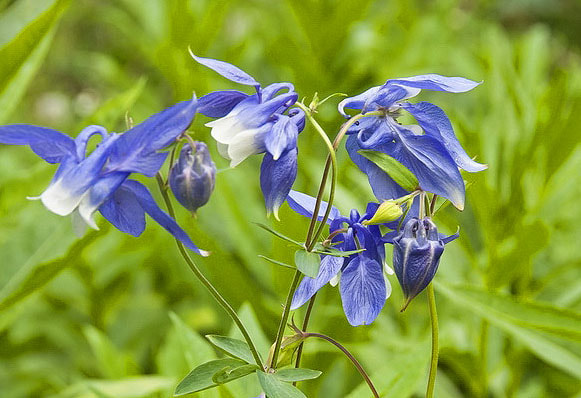





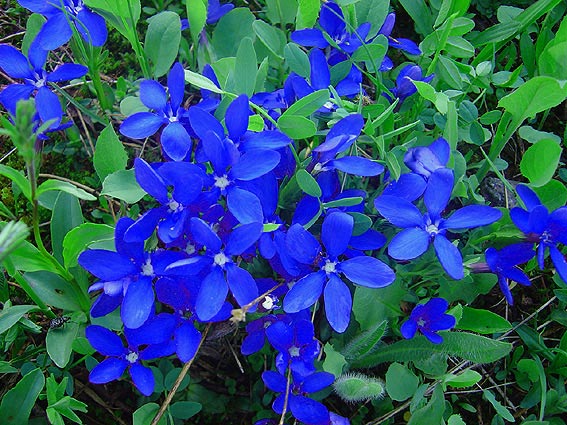






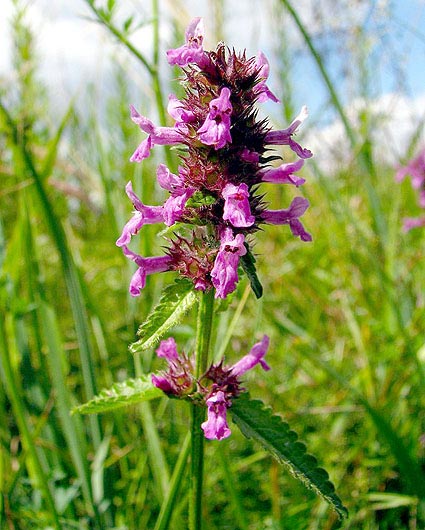



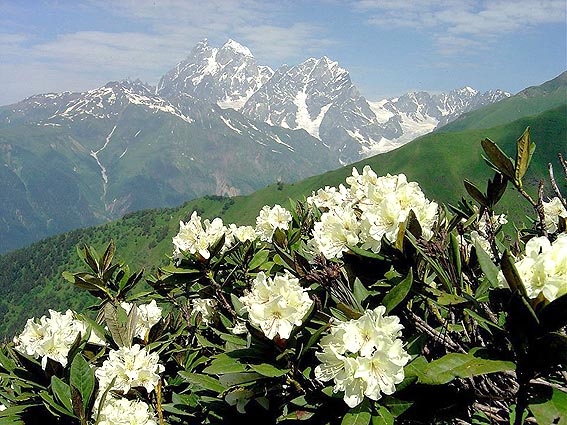
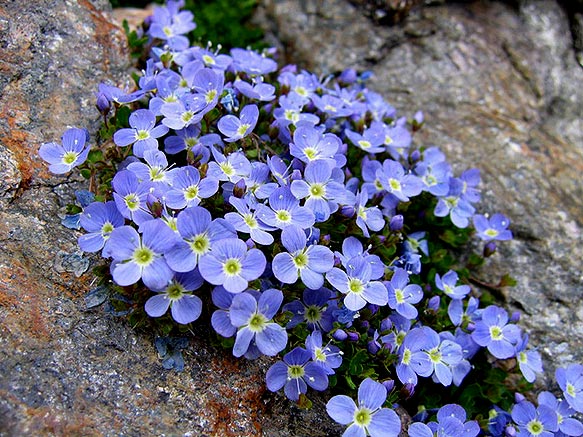


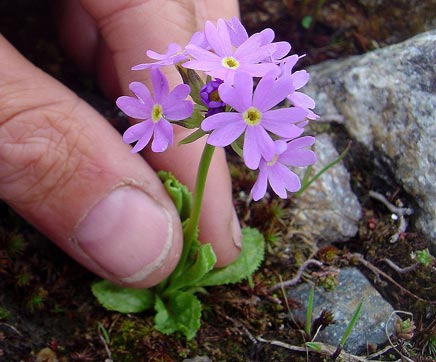
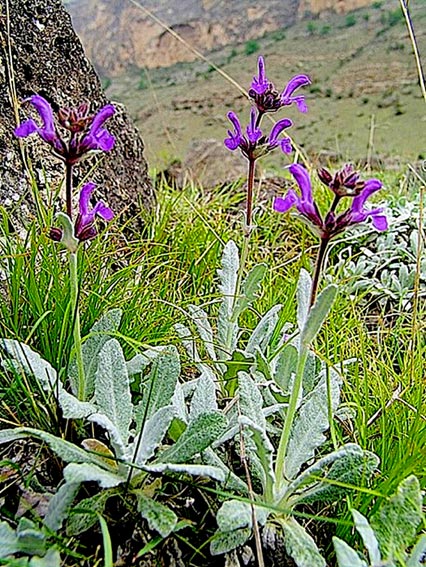
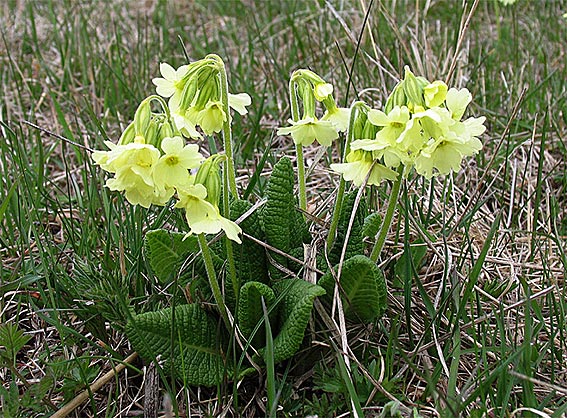
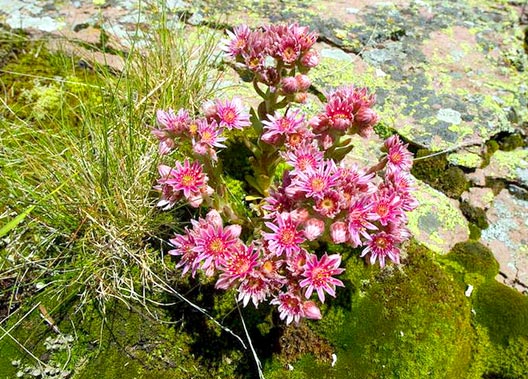




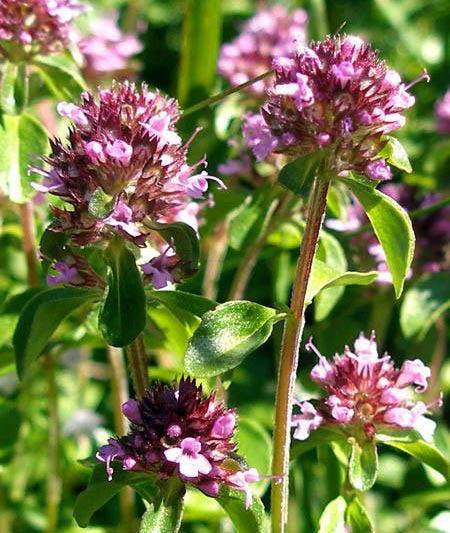

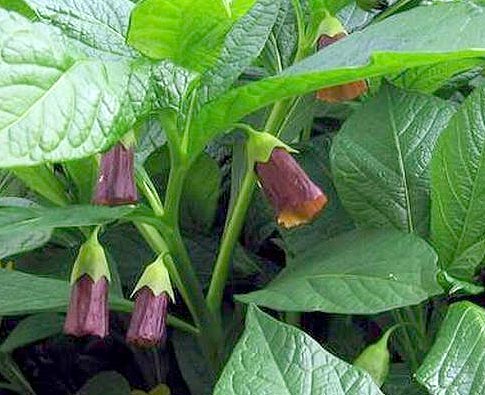
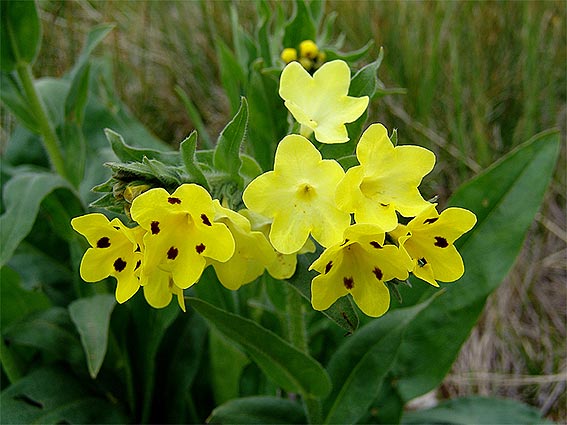
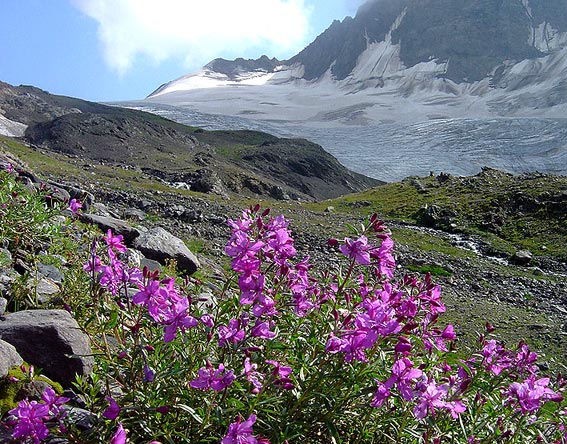

 RSS Feed
RSS Feed